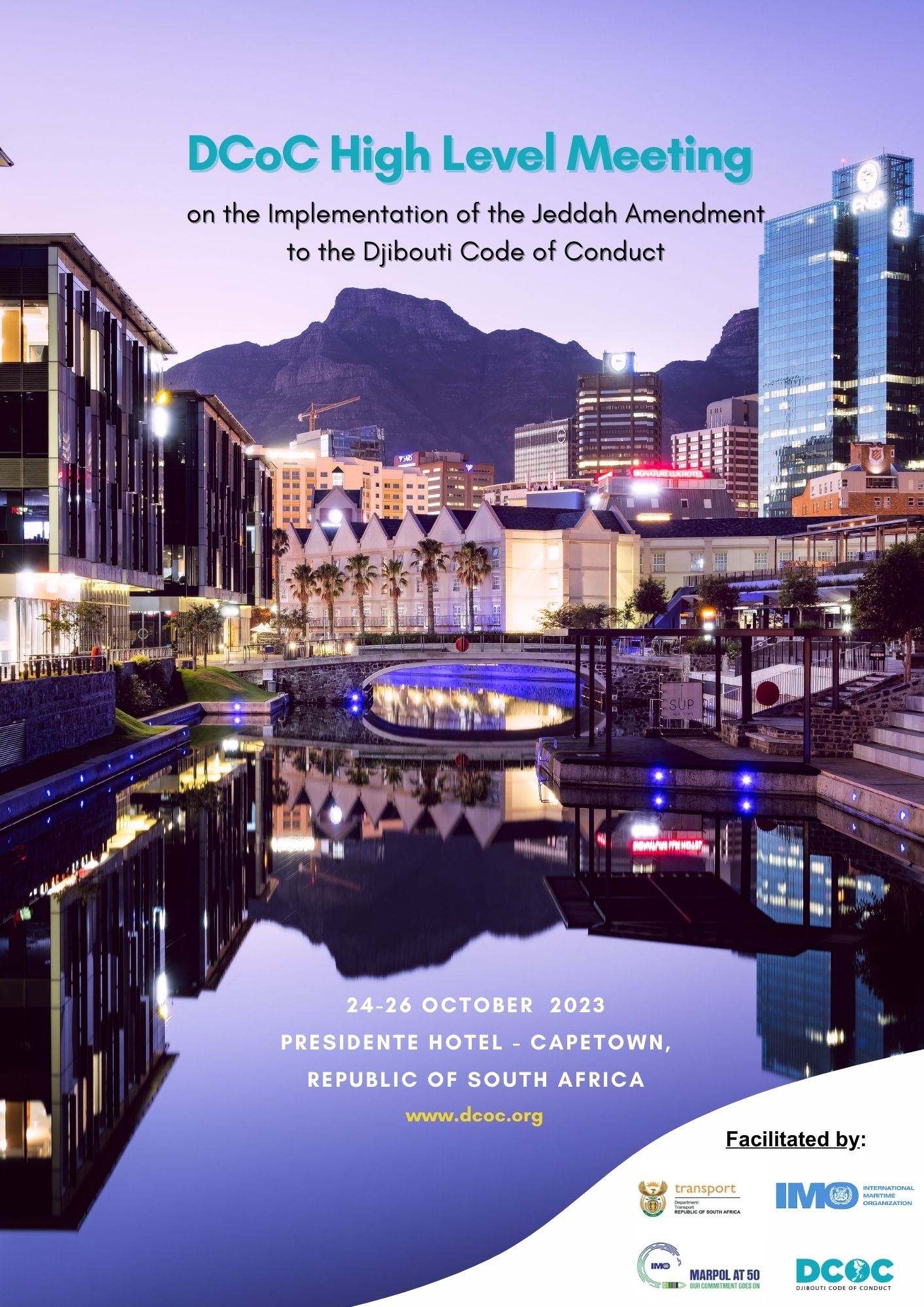Enhancing Maritime Domain Awareness in Kenya
The International Maritime Organization (IMO), in collaboration with US Naval Forces Africa, Denmark, and the CRIMARIO II project, facilitated a seminar on Enhancing Maritime Domain Awareness (MDA) for Kenya’s National Maritime Security Committee. The seminar, organized as part of the ongoing US-led annual Exercise CUTLASS EXPRESS, was hosted by the Kenya Maritime Authority (KMA) at the KMA Towers in Mombasa.
The primary objective of the seminar centered on sharing best practices to enhance Kenya’s Maritime Domain Awareness (MDA) while advancing the need for the effective implementation of the IMO model on the whole-of-government approach to maritime security. The main focus of the seminar was on the development of Kenya’s National Maritime Security Strategy and a multi-agency National Maritime Information Sharing Centre (NMISC), in line with the requirements of the Jeddah Amendment to the Djibouti Code of Conduct (DCoC/JA). This proactive approach emphasizes the significance of collective action in safeguarding maritime interests and promoting regional stability.
The seminar was attended by senior government officials from all the ministries and agencies that make up Kenya’s Maritime Security Committee. Their collaborative efforts underscored a shared commitment to fortifying Kenya’s maritime security architecture through a comprehensive maritime picture.

Dr. Geoffrey Kaituko, Principal Secretary of the State Department of Shipping and Maritime Affairs, emphasized Kenya’s commitment to advancing maritime security to enable maritime development and the blue economy. Kiruja Micheni (IMO) commended the strides Kenya has made in meeting the requirements of the Jeddah Amendment and stressed the need for greater collaboration to address the root causes of maritime threats, ensuring compliance with international obligations and responsibilities. He noted that having already established the National Maritime Security Committee and National Maritime Security Risk Register, Kenya is now well placed to develop its National Maritime Security Strategy, and IMO stands ready to support those efforts.

Cdr. Kjeld Gaard-Frederiksen (Denmark) echoed the importance of a unified approach to minimize a fragmented maritime picture, emphasizing information sharing and resource pooling, and underlining the significance of the NMISC for effective threat mitigation. Mr. Nicholas Sclafani (USA) showcased the features of the US-supported SEAVISION platform and how it can boost Kenya’s efforts to enhance Maritime Situational Awareness, including identifying suspicious and illegal activities at sea, such as IUU fishing and dark vessels operating in Kenya’s Exclusive Economic Zone (EEZ). Additionally, he demonstrated how Kenya can optimize its network of shore-based AIS through MSSIS (The Maritime Safety & Security Information System) for a more accurate picture using SEAVISION. This would go a long way in enhancing Kenya’s MDA.
CRIMARIO’s Dave Nattrass introduced the features of the IORIS platform as an MDA communications tool and emphasized the synergy between the IORIS platform and SEAVISION, facilitating non-classified information exchange and ensuring legal enforcement and monitoring in Kenya’s maritime space.

